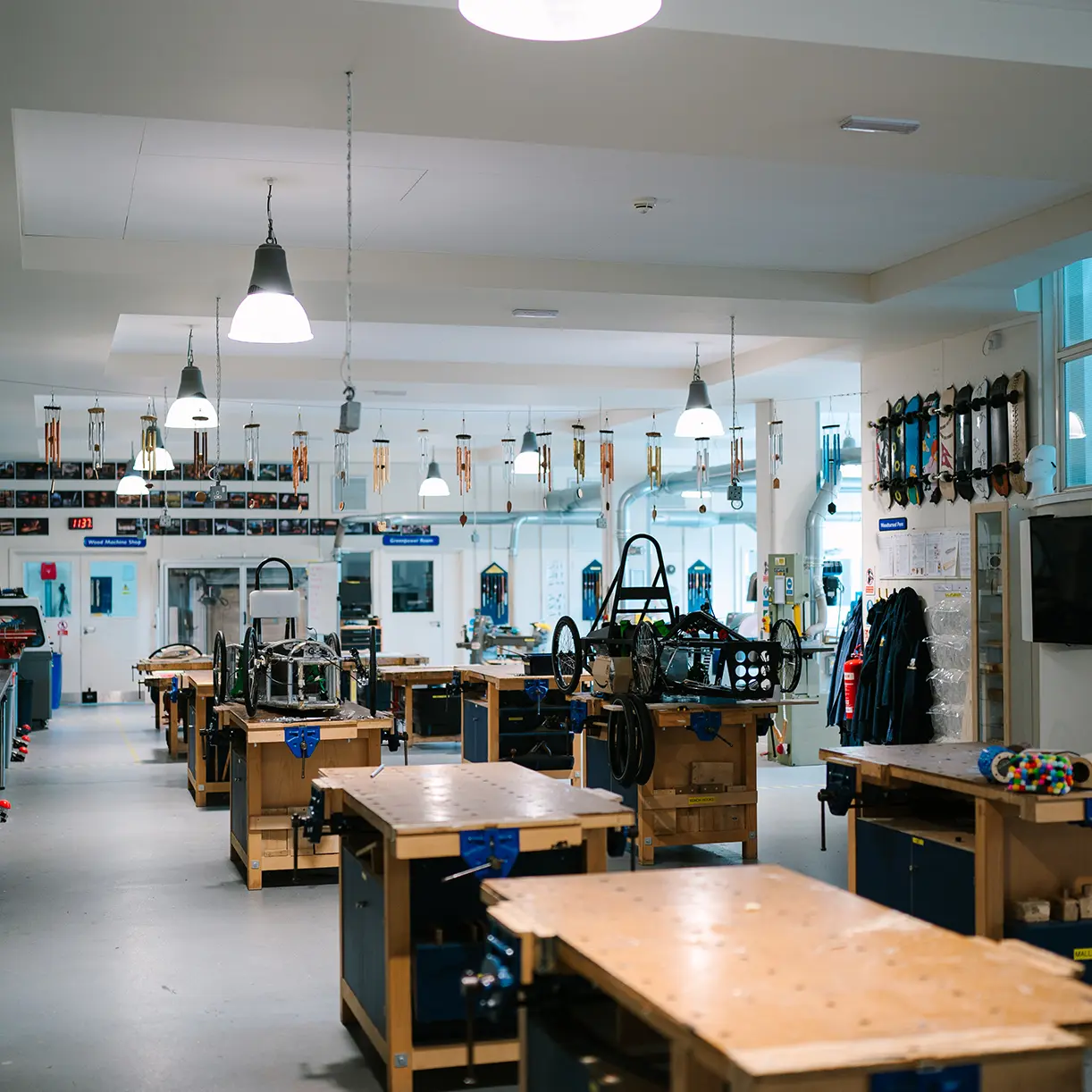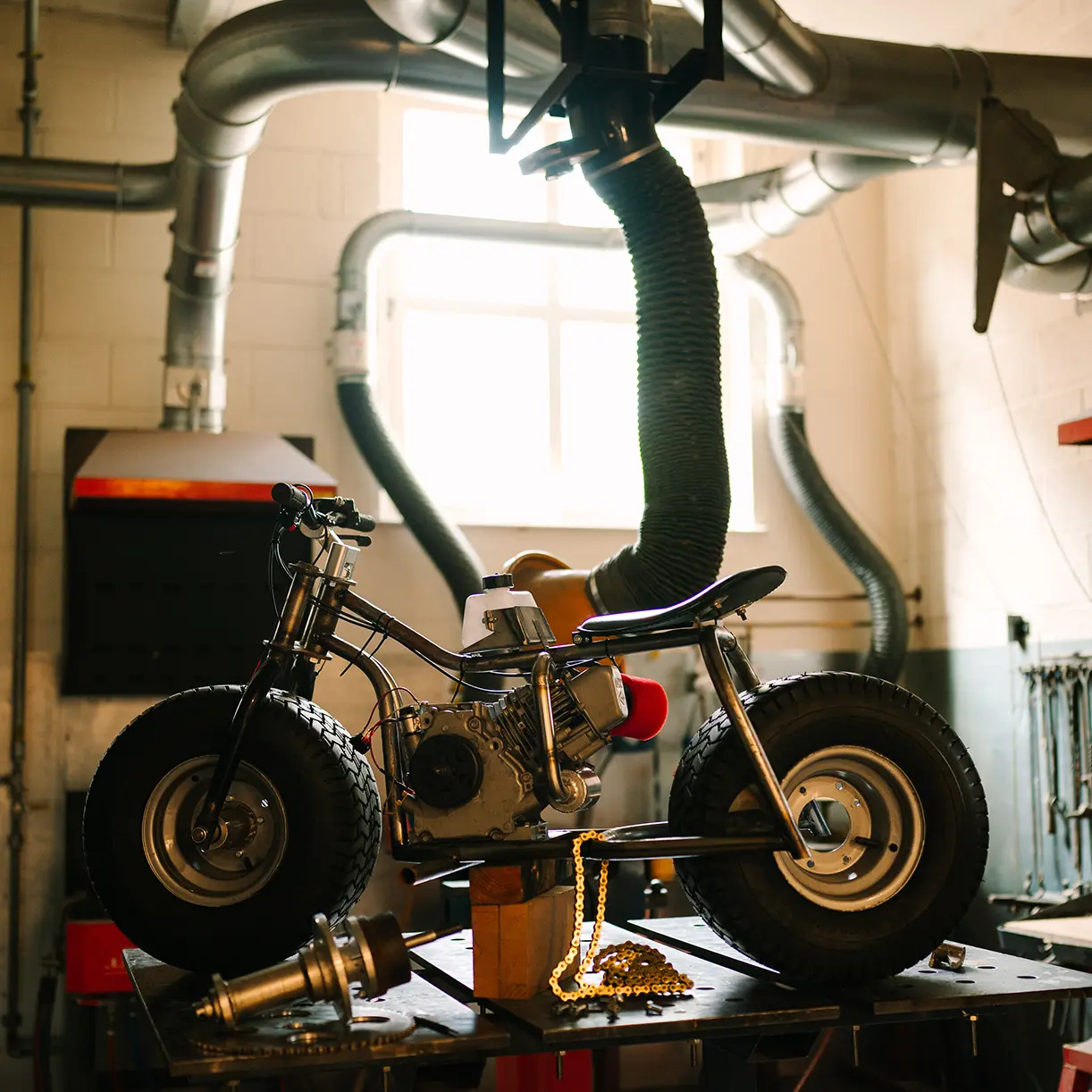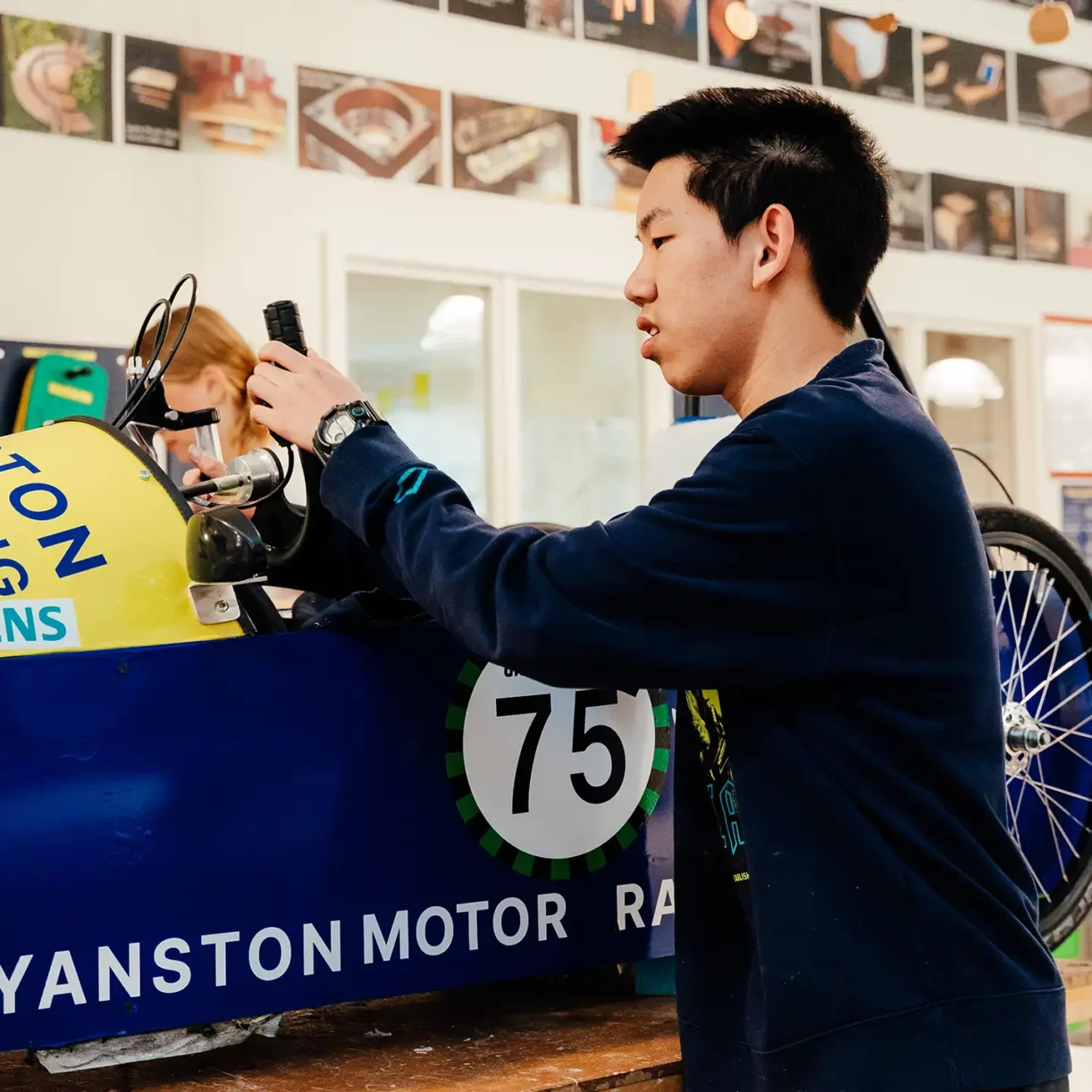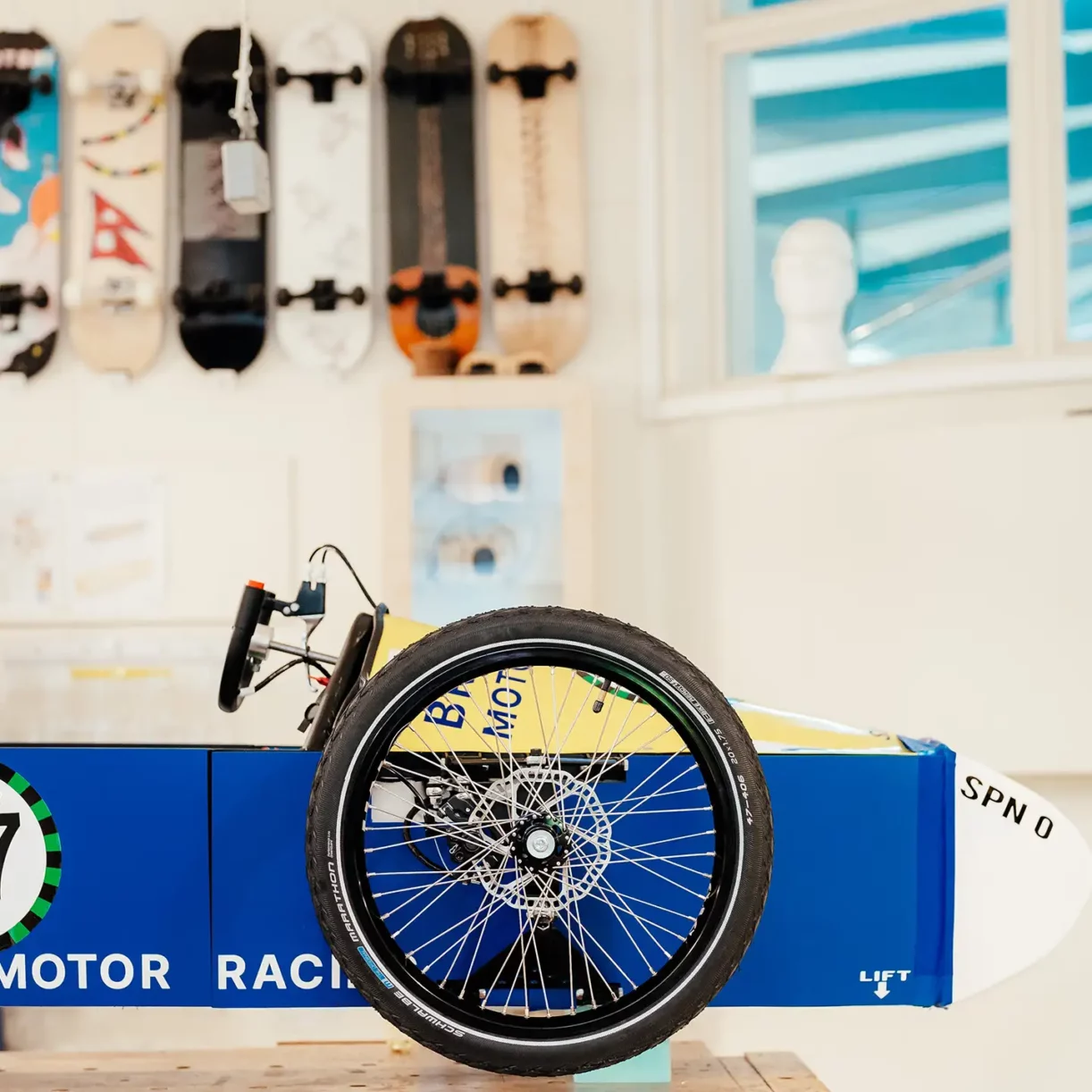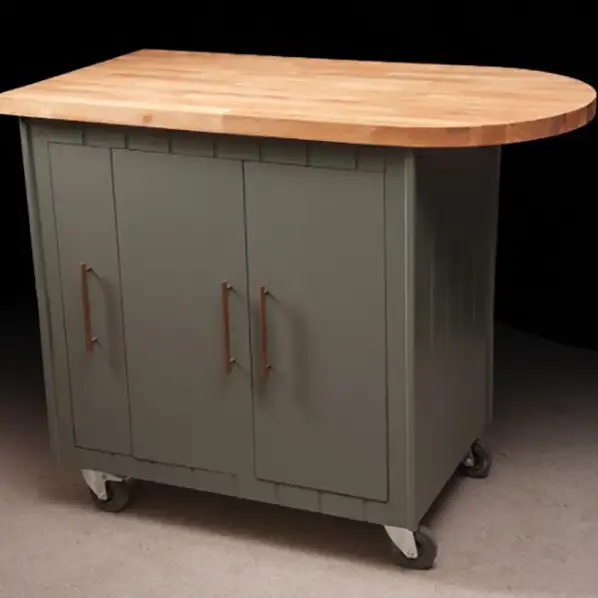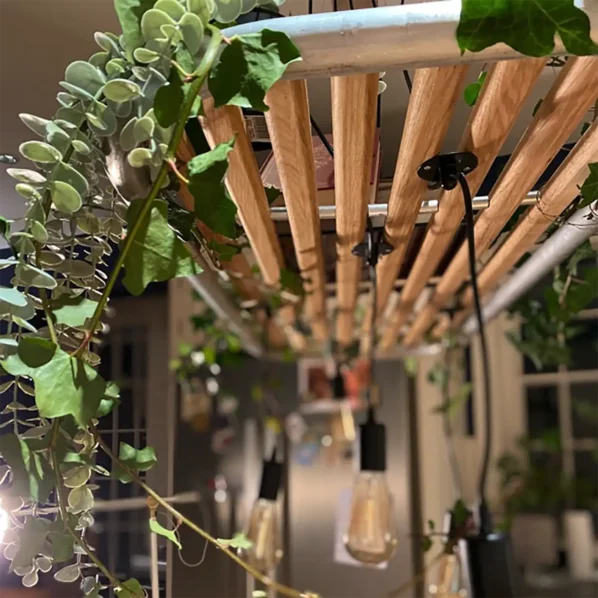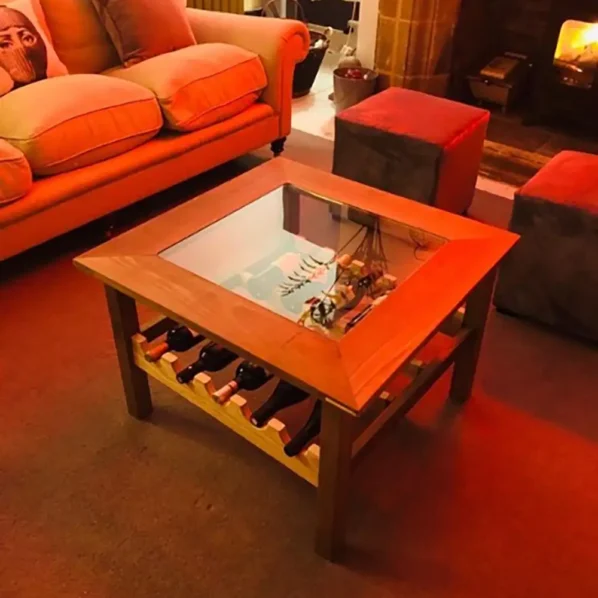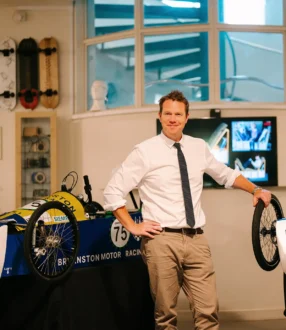Meet The Staff

Christopher Mills
Head of Design & Technology
Our philosophy
Our teaching philosophy revolves around providing an exciting and engaging experience for all students.
We challenge their creativity and problem-solving skills through projects that encourage independent and practical thinking, employing a diverse range of materials.
Our pupils continuously push the boundaries of their project work, showcasing their remarkable achievements within our school and in art, design, architecture, and engineering. We strive to empower them to become architects of change, transforming imaginative ideas into tangible solutions that shape a future where innovation thrives.
Pupils are empowered to conceptualise and construct functional, visually appealing solutions to real-world challenges. It also enhances practical abilities such as woodworking, electronics, and CAD (Computer-Aided Design), equipping pupils with valuable transferable skills.
Design and Technology education promotes teamwork and collaboration through group projects, developing effective communication and interpersonal skills. It instils an understanding of sustainability and the significance of responsible design practices.
